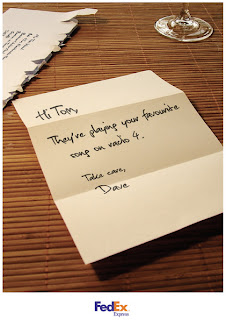Facebook certainly is, for their whole business.
Given that, arguably, 63% of us keep our mobile with us but one hour of the working day, checking it up to 150 times a day2, it seems like we're missing a trick given global mobile ad spend is only 1% (vs TV at 43%). These statistics may not account for all spend on mobile, such as App development, text based campaigns and the like. However the point is still this...
People are spending a lot of time with mobiles. Advertisers are not spending a lot on mobile related activity.
Yes, there are barriers - a mobile is a private device, development in the face of fast moving technology can be perceived as expensive, a low number of thoroughly proven ad networks...but still the point is that people are spending time with their mobile. Not lugging their TV around.
Next time, why not think about what you could achieve with mobile first?
Once you have defined your target customers and your business objectives, here is my version of a series of questions and steps to help decide what to do next:
1. What are their native mobile behaviours - and what types of mobile executions fit comfortably with those existing behaviours? As a start - why not see what kind of user you are here?
2. In what unique areas could you deliver something new for your audience? Something interesting, not done by anyone else (well) and that fits with your brand
3. What people and budget resources do you have available to support this idea, now and in the future?
4. Ideas generation from the answers to the above.
About here would be a great time to get some real customer feedback on the ideas.
Some great examples of mobile campaigns if you want some additional inspiration, each addressing different business challenges:
You? Do think it's all just hype over a new channel? Have a great example? Or have a challenge you're facing right now? Comment and let me know what you think!
1 - http://blog.bufferapp.com/10-surprising-social-media-statistics-that-will-make-you-rethink-your-strategy
2 - http://www.dailymail.co.uk/news/article-2276752/Mobile-users-leave-phone-minutes-check-150-times-day.html



.jpg)




